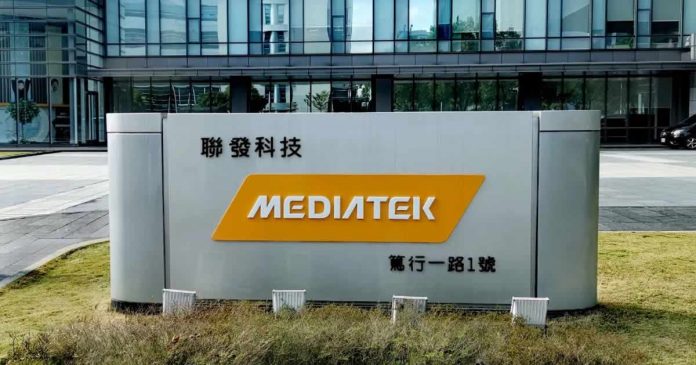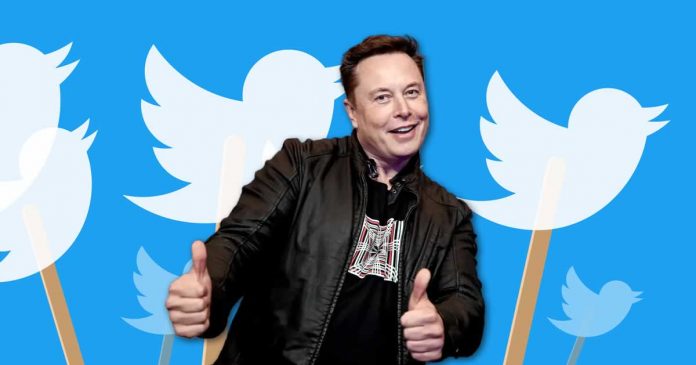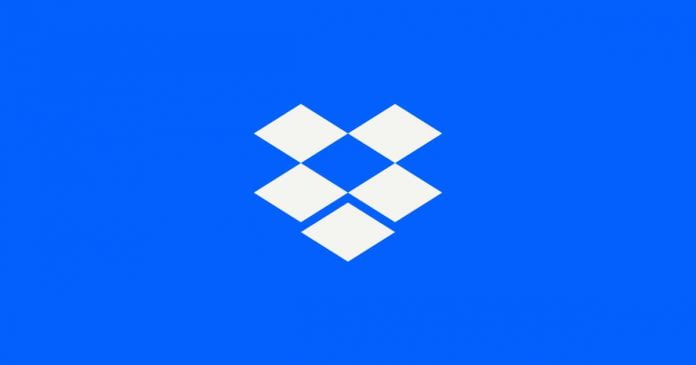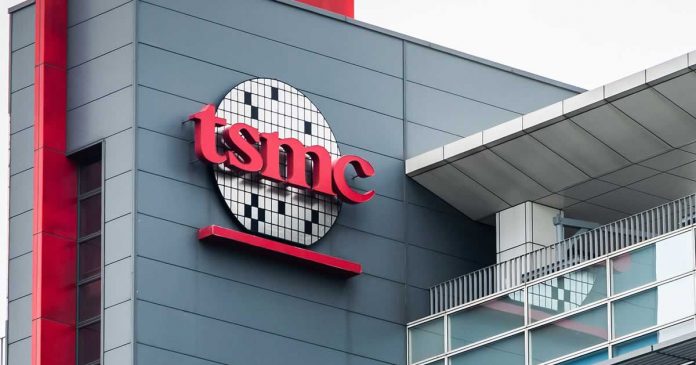MediaTek has declared a shift in focus to producing processors for autos and developing AI technologies. As it strives to become an industry leader, it intends to increase its R&D investment in these areas.
MediaTek, well known for its smartphone processors, is now focusing on the fast-increasing automotive industry, which has witnessed a surge in demand for self-driving vehicle technology. By creating processors for multiple components of the technology, including sensors and artificial intelligence, the company hopes to deliver a full solution for autonomous driving systems.
The pivot is part of MediaTek’s long-term goal to expand outside the smartphone industry. MediaTek’s CEO, Rick Tsai, claimed that the company’s income from non-smartphone companies would climb from 20% to 50% in the next five years. MediaTek is not the only chipmaker concentrating on the automobile sector. Qualcomm, a competitor, has also been investing in autonomous driving technology.
Aside from automobiles, MediaTek focuses more on AI technology, which has seen a surge in demand in recent years. The company intends to create AI-optimized chips for various applications, including smart home devices and robots.
The company’s emphasis shift comes when the worldwide chip scarcity is causing havoc in sectors ranging from cellphones to autos. MediaTek hopes to alleviate the consequences of chip scarcity by broadening its business and becoming less reliant on the smartphone industry.
While the shift in focus is significant for MediaTek, the company is well-positioned to succeed in the new areas it is pursuing. Its expertise in producing semiconductors for mobile devices has given them the knowledge required to produce processors for the automotive sector and AI technologies. The company’s investment in research and development in these areas will help it become an industry leader and diversify its business, lessening its dependency on the smartphone market.









